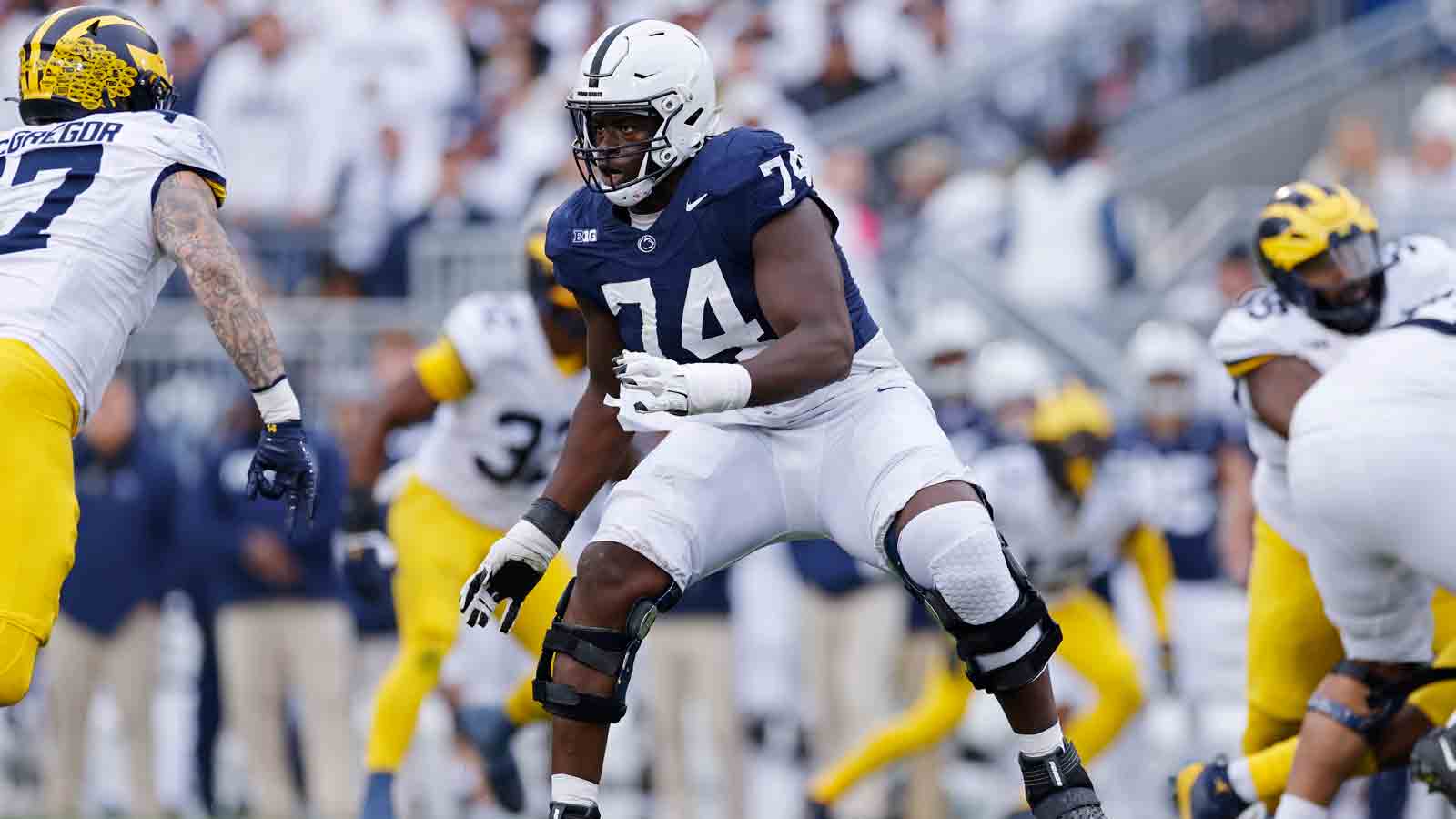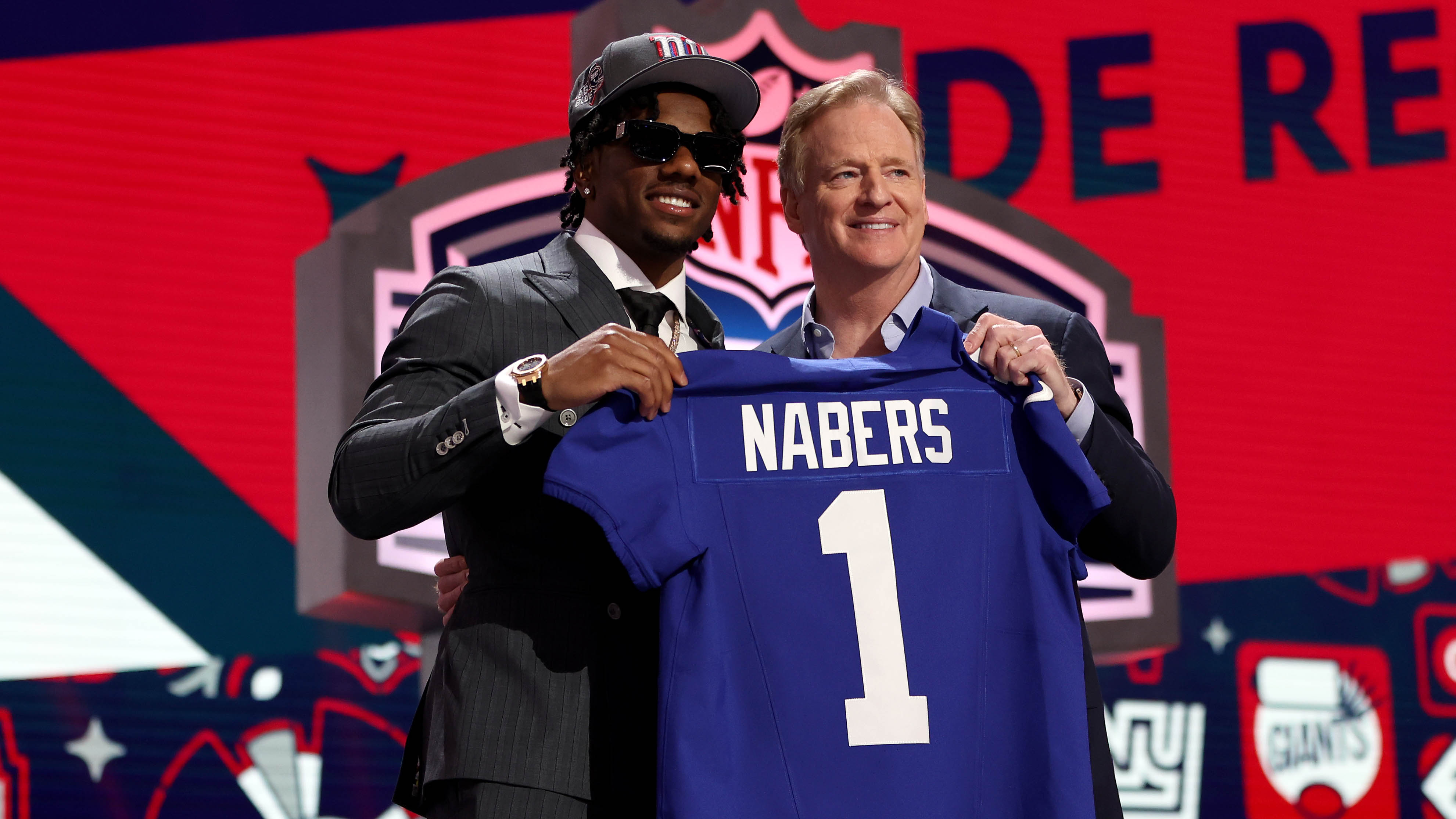What to Know
- The dreaded "summer of hell' has arrived for rail riders in New York and is expected to last until the end of August
- Amtrak is beginning extensive repairs Monday to tracks and signals in Penn, which it owns and operates, it announced the overhaul in April
- LIRR riders can expect rush hour service to be reduced by as much as 19 percent; NJ Transit is diverting some rush hour trains to Hoboken
Commuters handled Monday's first day of extensive repair work at Penn Station without any major issues, and Amtrak's CEO said the eight-week timeframe for the extensive repairs holds.
Amtrak CEO Wick Moorman said he was confident that the advanced notice helped commuters deal with their commutes. He also said three of the 21 tracks at Penn Station — tracks 12, 13 and 21 — will be out for the summer as crews work to rip out and replace everything in the tangled "spaghetti like" interlocking down to the concrete.
But Moorman did say he was afraid people might get complacent after a relatively smooth first day of what Gov. Cuomo termed the "summer of hell" for commuters. There was some confusion, a bit of overcrowding and some delays at the start of what figures to be an arduous two-month period.
On Monday evening, people waited in a line that was out the door at Port Authority Bus Terminal, and some commuters said there was an air of confusion as people got used to the new routine. But many reported a commute that wasn't much different than normal. Those who took advantage of alternative modes of transportation — like ferries put in place for LIRR and NJ Transit commuters — described their trip as a relatively pleasant experience.
Still, chokepoints formed at places like Hoboken Terminal, where extra ferries, buses and PATH trains took on thousands of extra passengers.
An NJ Transit spokeswoman says 12,500 additional customers compared with an average weekday were expected to pass through Hoboken for the evening commute; that includes 8,700 riders on the diverted Morris and Essex line plus 3,800 who took the last early trains direct to New York Penn Station in the morning -- an option that does not exist for riders in the evening hours.
Spokeswoman Nancy Snyder said the four early-morning Morris and Essex line trains direct to Penn saw double their usual ridership, and that Hoboken saw 219 percent more Morris and Essex customers between 6 a.m. and 10 a.m. Monday -- from the 3,950 on an average weekday to 12,622.
Customers didn't have too many complaints on the first leg of their commutes, but one did stand out: overcrowding at the Hoboken PATH station. PATH said it cross-honored more than 9,000 NJ Transit riders between 6 a.m. and 2:30 p.m. Monday.
NJ Transit said earlier in the day customers flooding to only one of the two PATH entrances caused extra congestion. Riders are urged to take advantage of both as they brace for the first evening rush since Amtrak's eight-week overhaul of New York's Penn Station began.
The work at Penn Station was initially scheduled for nights and weekends over a few years, but two recent derailments and other problems that spotlighted the station's aging infrastructure convinced Amtrak to accelerate the schedule.
Monday morning's rush began with no unusually large crowds and without any apparent major problems (though a minor garbage fire at Penn Station that spewed smoke into the LIRR concourse briefly sparked some Twitter concern).
The Long Island Rail Road's eight park-and-ride stops appear to be a potential breaking point, though, with two of them nearly full by 6:45 a.m. and one of those totally full by 8:30 a.m., the MTA tweeted. The park-and-rides were implemented as one alternative for LIRR riders needing to get to Penn.
The ferry alternatives for LIRR riders were smooth -- two hours for a trip from Glen Cove to Manhattan, and for some, a "no-brainer." But as organized as it was, it wasn't very popular: early estimates indicate a little more than 100 people took the two morning ferries from Glen Cove to the city.
For commuters on NJ Transit and the LIRR — as well as Amtrak passengers who ride between Boston and Washington, D.C. — the Penn Station work means fewer trains during peak periods.
The station handles about 1,300 daily train movements. Roughly 600,000 people pass through each day on the three railroads and on New York City subways.
At a press conference from Penn Station on Monday evening, MTA Chairman Joe Lhota told commuters to "check out all the alternatives," like the ferry from Glen Cove, which he said was not used as much as had been predicted. He said the buses were also underutilized and that the MTA will evalute the number of buses being used and adjust accordingly.
Overall, Lhota said the Monday evening commute "is going fine" and "nothing is delayed."
"I wish I had some wood to knock on, but it's a good feeling," he said.
Penn Station, which Amtrak took over in the 1970s, handles twice as many daily train movements, about 1,300, as it did then. Roughly 600,000 people pass through each day on trains and New York City subways.
"We like to think it's quiet because a lot of people did their homework," NJ Transit spokesman Charles Ingoglia said while standing outside the Hoboken train and ferry stations earlier Monday.
Ingoglia declared the morning commute a success, but said there was room for improvement, including directing people to a less crowded PATH entrance.
"We're pleased with what we saw," he said. "Our customers seem to have done their homework."
Service has been stepped up by trains, buses and ferries in anticipation of the busier commute. PATH trains were running every 5 minutes out of Hoboken rather than the usual 7-minute interval and additional NJ Transit buses were running from Hoboken to Manhattan as well.
Still, the real test for the "new normal" won't come until the weather, equipment problems or police activity somewhere along the train line interrupts service.
"The measure is how good are you when things are bad," Ingoglia said.
When this summer's work is completed, rail riders will benefit from increased reliability from having up-to-date equipment in and around the station, but will still fall prey to other problems such as electrical wire failures in the tunnel between New York and New Jersey, and signal and track problems in northern New Jersey east of Newark.
Those problems will have to wait for the completion of the Gateway project, which plans to build a second rail tunnel under the Hudson River, repair damage in the existing tunnel from Sandy and make substantial improvements on the New Jersey side and in Penn Station.
That is expected to take at least another decade to complete, although federal funding for the project is in question after President Trump proposed changing a federal grant program that was supposed to be used for it.
The work is scheduled to last through the end of August. When it's completed, rail riders will benefit from increased reliability from the up-to-date equipment in and around the station, but could still fall prey to other problems, such as electrical wire failures in the tunnel between New York and New Jersey, and signal and track problems in northern New Jersey east of Newark.
Those problems will have to wait for the completion of the Gateway project, which calls for building a second rail tunnel under the Hudson River, repairing damage in the existing tunnel from 2012's Superstorm Sandy and making substantial improvements on the New Jersey side and in Penn Station.
That work is expected to take at least another decade to complete, although federal funding for the project is in question after President Donald Trump proposed changing a federal grant program that was supposed to be used for it.
Local
Democratic Sens. Chuck Schumer and Cory Booker called on the Trump administration to honor that commitment at a news conference near the spot on Manhattan's west side Monday where preliminary work has already begun.
Booker said it's time for Trump to "put up or shut up."
While Monday's commute had gone about as well as it could for most, the real test for the "new normal" won't come until the weather, equipment problems or police activity somewhere along the train line interrupts service.
"The measure is how good are you when things are bad," Ingoglia said.



